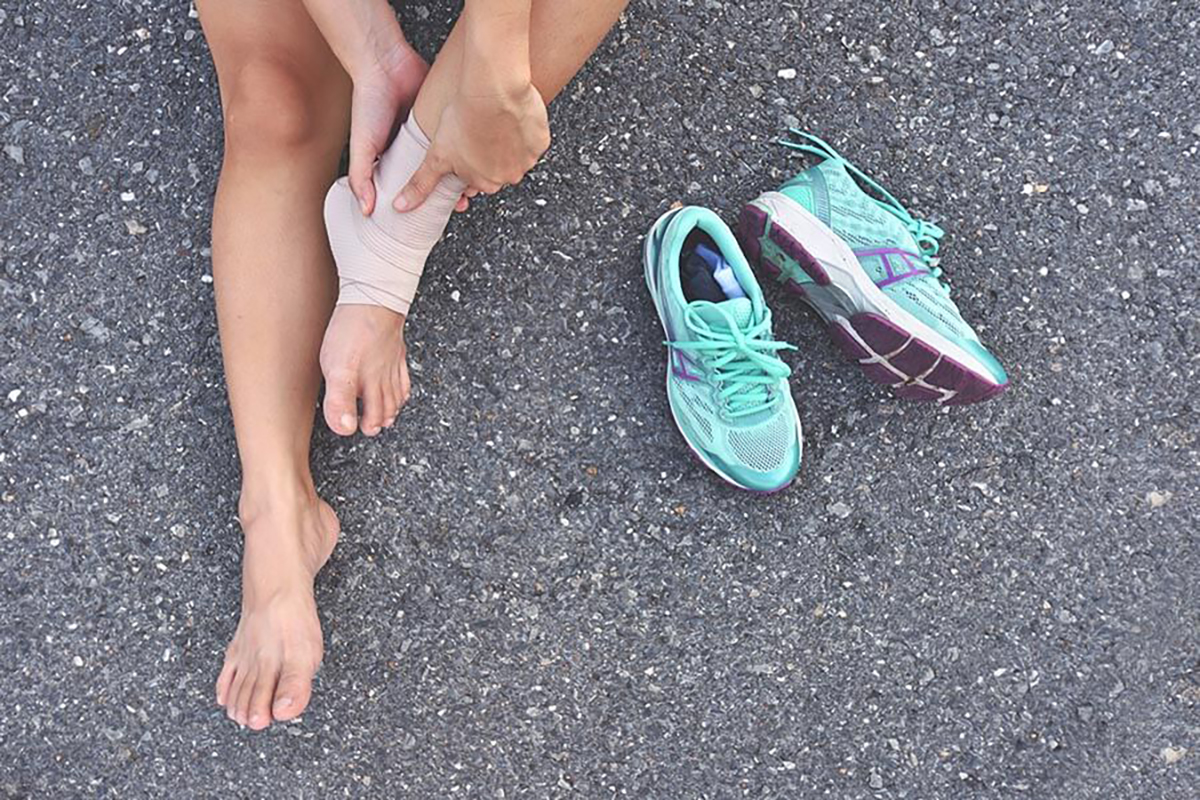When it comes to fashion and functionality, shoes are a non-negotiable part of our daily lives. They are not just a means of transportation but often an expression of our personality and style. However, in the pursuit of the perfect pair, we sometimes overlook the importance of comfort, which can lead to a plethora of foot-related problems. Shoes hurt back of Ankle one such issue that many of us face, often as a result of the shoes we choose to wear. In this article, we’ll dive deep into the reasons behind ankle discomfort and explore potential solutions to keep your feet happy and healthy.
The Anatomy of Ankle Discomfort:
Before we explore the culprits causing ankle discomfort, it’s crucial to understand the anatomy of the ankle. The ankle joint is a complex structure consisting of bones, ligaments, tendons, and muscles. It plays a pivotal role in providing stability and mobility to our feet. Any undue stress or pressure on these components can lead to discomfort and pain.
High Heels: The Elegance and Agony:
High heels have been a symbol of sophistication and glamour for decades. However, the grace they lend to your gait often comes at a price – ankle discomfort. When you wear high heels, your body weight is shifted forward, placing excessive pressure on the front of your feet and ankles. This unnatural posture can lead to strain, instability, and even sprains in the ankle joint.
To mitigate this issue, consider opting for heels with lower heights and thicker heels, as they provide better stability and distribute weight more evenly. Alternatively, explore stylish wedge heels, which offer both height and comfort.
Tight Shoes: A Tug of War with Toes
shoes hurt back of ankle another bog Couse of discomfort is wearing shoes that are too tight. Tight shoes can compress the toes, leading to improper alignment and causing strain on the ankle joint. This is often seen in pointy-toed shoes or shoes with narrow-toe boxes.
To avoid this problem, always ensure that your shoes provide enough room for your toes to move freely. Consider sizing up if needed or selecting shoe styles with wider toe boxes. Your feet will thank you for the extra space.
Flat Footwear: A Double-Edged Sword
On the opposite end of the spectrum, flat footwear can also contribute to ankle discomfort. While flats are generally considered comfortable, they lack the arch support that our feet need. This absence of arch support can lead to overpronation, where the foot rolls excessively inward, putting strain on the ankle and leading to discomfort.
To address this issue, invest in shoes with proper arch support, especially if you have flat feet. Orthotic insoles can also be a helpful addition to your footwear, providing the necessary support and cushioning for your arches.
Improper Shoe Fit: A Perfect Fit for Discomfort
Choosing the right shoe size is crucial for overall comfort and foot health. Ill-fitting shoes can cause a host of problems, including ankle discomfort. Shoes that are too big can lead to instability and friction, while shoes that are too small can compress the feet and lead to pain.
Always measure your feet accurately and try on shoes before purchasing to ensure the perfect fit. Keep in mind that shoe sizes can vary between brands, so don’t rely solely on your usual size.
Solutions for Ankle Comfort:
Now that we’ve identified some common culprits behind ankle discomfort, let’s explore effective solutions to alleviate and prevent it.
Choose Comfort Over Style: While stylish shoes are tempting, prioritize comfort when making your footwear choices. Look for brands that specialize in comfort and quality materials.
Proper Arch Support: If you have high arches or flat feet, consider investing in custom orthotic insoles or shoes designed to provide the necessary support for your specific foot type.
Stretch and Strengthen: Incorporate ankle-strengthening exercises and stretches into your daily routine. This can help improve ankle stability and reduce discomfort.
Alternate Shoe Styles: Avoid wearing the same type of shoes every day. Rotate between different styles and heel heights to give your feet a break and reduce the risk of overuse injuries.
Regular Maintenance: Inspect your shoes for wear and tear. Replace worn-out shoes with supportive and well-cushioned alternatives.
Professional Advice: If you experience chronic ankle discomfort, consult a podiatrist or orthopedic specialist. They can provide personalized guidance and recommendations based on your specific needs.
Conclusion:
Ankle discomfort from shoes is a common problem that can impact your daily life and overall well-being. However, by understanding the causes and implementing the solutions discussed in this article, you can take significant steps toward alleviating and preventing ankle pain. Remember that your feet are the foundation of your body, and investing in their comfort and health is a wise choice. So, the next time you slip into a pair of shoes, make sure they not only look good but also feel good, giving you the confidence to stride comfortably through life.


 Home
Home










